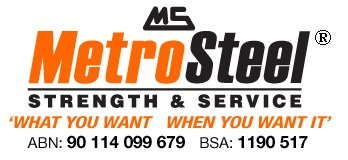One of the questions that we’re often asked is “What is the difference between welding and soldering?”
Welding and soldering are two terms in the sheet metal industry that are often used interchangeably. They’re both methods used to join two pieces of metal together but their process and sub techniques are quite different, so don’t mix them up!
The main difference between welding and soldering lies in the melting. When metal fabricators are welding they melt the base metal; but when they’re soldering they heat the metal sufficiently for it to bond, but never take it to melting point. Soldering is more similar to brazing than welding because it allows the molten metal to flow into the joints, letting it harden as it cools.
To answer the question above in more depth, we’ve put together a list below of the main differences between welding and soldering.
-
Strength – Welded joints are stronger than those that use soldering or brazing and are usually used to bear the load. In fact the welded part of the joint is usually stronger than the base metal itself. Soldered joints are not intended to be load bearers and are typically used to make electrical contacts.
-
Temperature – To weld joints a temperature of 3800°C is required whereas for soldering requirements the temperature requirement is up to 450°C.
-
Joining – To join two pieces of metal together using the welding process both pieces need to be heated to melting point. When soldering it’s not necessary to heat the work pieces.
-
Mechanial properties – Due to heating and cooling it’s possible that the mechanical properties of the base metal may change at the welded joint. There are no changes in mechanical properties when a joint is soldered.
-
Skill and cost – Welding requires a high skill level and there is also a heat cost to take into account. Skill requirements and costs involed are comparatively low in soldering.
-
Heat treatment – To eliminate the undesired effects of welding heat treatment is usually required whereas when soldering is concerned, no heat treatment is needed.
-
Pre-heating – Since welding is carried out at extremely high temperatures there is no need for the work pieces to be pre-heated. To make a good quality joint when soldering it’s best to preheat the work pieces.
If you’ve got a steel project in mind or you need a component welding together or soldering then bring it to us. At Metro Steel our experienced team can take an idea and turn it into a reality. In other words if you can imagine it, chances are we can create it for you using steel. Give us a call today on 07 3204 1000 to see how we can help you or drop by our purpose built facility at Kabi Circuit Deception Bay.
 Talk to an Expert (07) 3204 1000
Talk to an Expert (07) 3204 1000 Working Hours - Mon – Fri 7:00 AM – 4:00 PM
Working Hours - Mon – Fri 7:00 AM – 4:00 PM